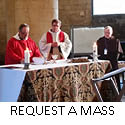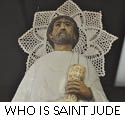
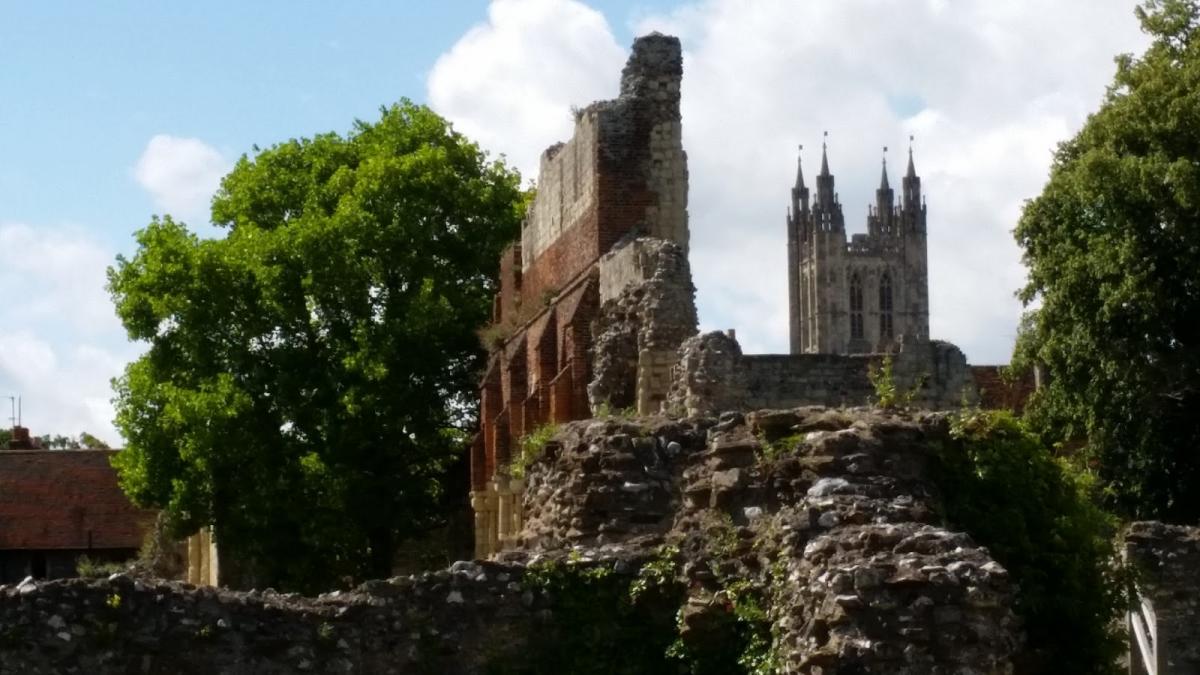


The monastery thrived for over 1000 years and the abbey was expanded and rebuilt several times. Saint Augustine’s also established extensive estates mostly in East Kent, and at its height it held almost 12,000 acres of land. These were to support its work in Canterbury as it had become a very important pilgrim city.
However, by 1532, King Henry VIII had declared himself Supreme Head of the Church of England, and afterwards there was an increased pressure to reform or destroy institutions like St Augustine’s Abbey. For a while they were left alone, but by 1538, Thomas Cromwell, Henry’s Chief Minister, had set his sights on the bigger monasteries, and St Augustine’s was surrendered to the King’s Commissioners on 30 July of that year. The Abbot and the monks were given a pension, and the books, gold and silver plate were scattered all over England.

What will the pilgrim see at the Abbey?
You will first walk through the very informational museum – full of facts about the abbey's origins and its development. Afterwards, the pilgrim can walk around the ruins of the Abbey. A free audio tour is provided for the visitor – I would highly recommend this!
As the guide for this holy place states: “..the site of St Augustine’s Abbey presents a challenge to the visitor, as, apart from the north wall of the nave ahead of you, and the chapel of Saint Pancras, few of the buildings survive to their original height..” As such, it is very difficult to imagine that the church was only slightly smaller than the Cathedral! The other confusion lies in the fact two abbey complexes dating from different times are now viewable: the Saxon monastery and the Norman monastery can be seen here. This is thanks to very extensive archaeological digs in the nineteenth and twentieth centuries.
I will now discuss some of the interesting buildings that are here to see for the pilgrim or visitor:
Saint Anne’s Chapel
This small chantry chapel of Saint Anne was used to say Masses for the dead. A number of graves were in this chapel.
South Transept
Soon after it was built, several Anglo-Saxon kings were reburied here, including the following Kings of Kent: Edbald, Lothaire, Whitred, and a King of Wessex: Mulus – who died in a battle with Kentish kings near here. In the east wall is a chapel dedicated to Saint John the Baptist.

The Norman Crypt and Presbytery
On the right hand side of this area is the chapel dedicated to Saint Thomas the Apostle (Jude’s friend and fellow Apostle). This is an excellently preserved chapel as the remains to an original altar slab can be seen here. This was found when the chapel was excavated and probably came from the main church.
The central chapel at the east end of the church was dedicated to the Blessed Virgin Mary in the Crypt: until the 1270s, it was used for the singing of Mass. In 1325, after the founding of the Lady Chapel, it was rededicated to St Mary and the Angels.
The northern chapel is not as well as preserved as other areas, but was dedicated to the great English saint: Saint Richard of Chichester.
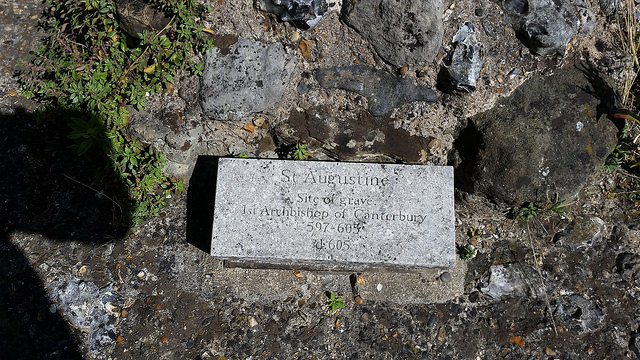
The Presbytery
The presbytery was the area immediately in front of the high altar. It had the main shrines of the Abbey behind it, including a shrine to St Augustine, and twelve other shrines to eleven archbishops and Saint Mildred.
Saint Pancras Chapel (pictured below)
Pope Gregory the Great gave impetus to the cult of Pancras, sending Augustine to England carrying relics of that saint and literature on his legend. This is why many English churches are dedicated to Pancras; St Pancras Old Church in London is one of the oldest sites of Christian worship in England. In medieval iconography, Pancras was depicted as a young soldier.

This chapel dates back to the Anglo-Saxon period, but there may have been an earlier pagan building here before then. A legend says that Saint Augustine said his first Mass in Canterbury in the area near this chapel.
The cloister and other monastic buildings
The cloister is square and about 37 metres by 35 metres with a garden surrounded by covered walkways. It formed the main living area for the monks and gave access to all the main buildings of the Abbey. Along from the cloister, it is possible to visit the ruins of the kitchen, the monks’ dormitory, the infirmary and the chapter house, as well as other areas of interest.
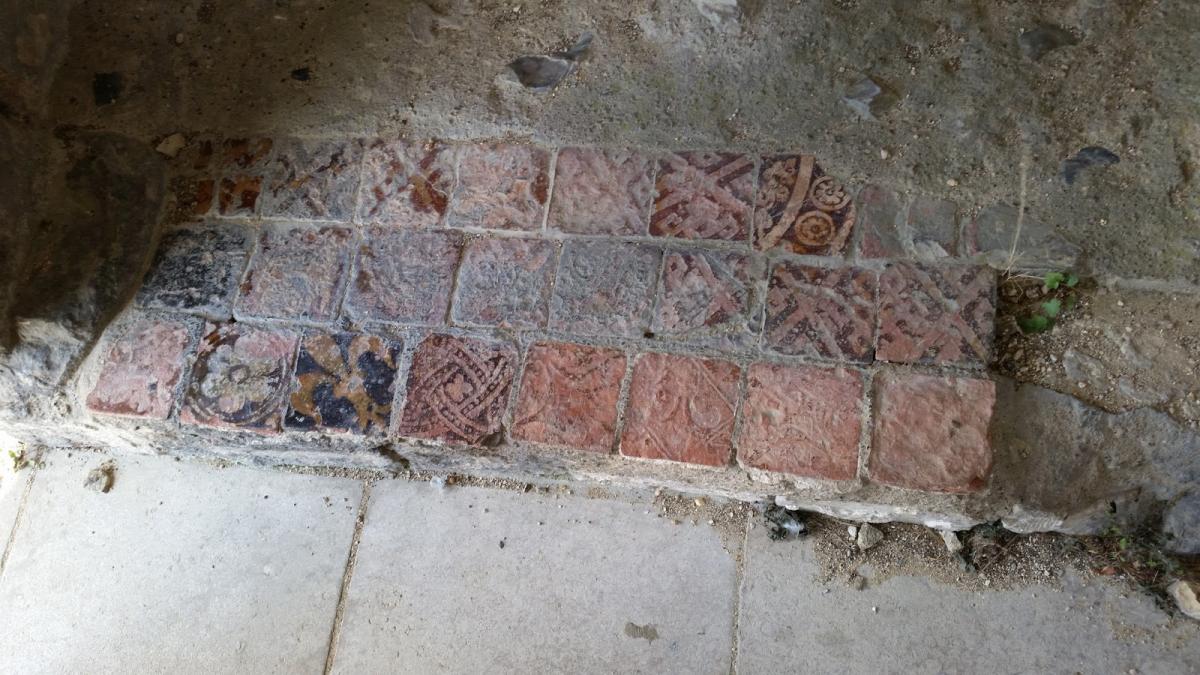
Saint Augustine’s Abbey is a very prayerful and peaceful place – I would highly recommend pilgrims try and visit when they are next in Faversham.
Let us pray:
Prayer to Saint Augustine of Canterbury:
O Lord our God, who by your Son Jesus Christ called your Apostles and sent them forth to preach the Gospel to the nations: we bless your holy name for your servant Augustine, first Archbishop of Canterbury, whose labours in propagating your Church among the English people we commemorate; and we pray that all whom you call and send may do your will, and bide your time, and see your glory; through Jesus Christ our Lord, who lives and reigns with you and the Holy Spirit, one God, for ever and ever. Amen.
Prayer to Saint Pancras:
God of mercy,
give your Church joy and confidence
through the prayers of Saint Pancras.
Keep us faithful to you
and steadfast in your service.
Through our Lord, Jesus Christ,
who lives and reigns with you
in the unity of the Holy Spirit,
one God, for ever and ever.
Amen.
Saint Jude, pray for us; Saint Augustine, pray for us; Saint Pancras, pray for us.


